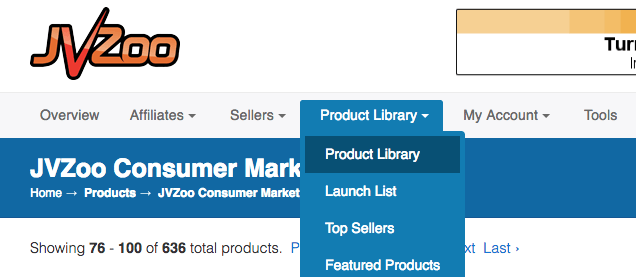[Case Study] Hacking the funnels (part 1)
After my first case study here’s the second one which was set as a draft for a while.
I’ve been lurking around internet marketing forums for years and I even signed up with marketing networks with the intention to become one of them one day, but I was too busy with other matters of upmost importance to give a damn about the internet marketing networks and funnels. In fact, while lurking around I was able to uncover enough scams in this area to consider it a dead idea.
However, as time passed by I realized that there is some credit to it and that some of the offers there are in fact legit and that at some extent going for it is probably worth the hassle. But if you go for it you should do it right as otherwise you risk giving your products and ideas away for free.
You’re probably asking yourselves how could that be, well I’m going to try and show you why internet marketing should be for professionals only, not for amateurs and also how you can get free stuff from these internet marketers without going through their very long landing pages.
To be able to hack the funnels you’ll need an account with JVZoo or Clickbank (or any other internet marketing database), Google and a lot of time on your hands.
Since I’m more familiar with JVZoo I’m going to use it as an example for the proof of concept detailed further.
Once logged into your JVZoo account you should check out the product library and search for the products you’re actually interested in:
Next, as soon as you’ve gotten to the listing of the products you should open their landing pages in new tabs or just make a list of the domain names used by the marketers.
Once you have the domains listed you can use Google to locate pages that may be of use to you by using some of the Google operators and specific keywords:
Depending on the data you’re looking for you can improve the search operator above by adding more keywords to the search string as follows:
site:blackhat.pm thank OR download OR free OR bonus OR .zip OR oto OR discount OR offer OR bundle
Obviously all you need to do is replace the domain name above with the one you wish to analyze further.
When searching with Google you should always make sure that you make it include the results it has omitted (usually pages with duplicate META tags) because those results may contain what you’re looking for:
 Just click on the “repeat the search with the omitted results included” link and you’ll have the full list of results.
Just click on the “repeat the search with the omitted results included” link and you’ll have the full list of results.
Now here comes the hard part, curating the pages (sometimes tens or hundreds). If you take the search results hand by hand you can get your hands on some of the following:
Pages where the same product is sold cheaper:
It’s pretty common for marketers to advertise their product at prohibitive pricing, way above their true worth and display a psychological catchy discount to make sales, but it’s even more common for them to use separate landing pages for the very same product with different pricing that associates with separate offers and separate targeting channels. Using Google you might be lucky and find the lowest pricing possible.
Very cheap products that are not directly advertised with the offers:
 It’s also common for marketers to offer very cheap products as upsells after you’ve completed the initial purchase.
It’s also common for marketers to offer very cheap products as upsells after you’ve completed the initial purchase.
The so called download page is actually a secondary landing page offering you another product at a very low price. Sometimes the second product may be of more importance and need than the first one and why purchase the one to get to the second when Google can help you identify those supplementary products and get them directly for cheap.
Free gifts that would usually be subject to purchases:
The marketers often provide their customers with free gifts, often offered along with purchases or via exit pages to either attract the customer’s attention or to get his email address so that they can later spam the hell out of it. Using disposable email addresses you can get some really interesting and useful stuff, but you can also get a pile of garbage PDF’s.
Discounts or offers:
The vast majority of the internet marketers don’t really produce anything themselves as they are just resellers of some products that they’ve been rebranding. In some cases they will write reviews or provide you with recommendations for products they are trying to sell as affiliates and those reviews and recommendations will always come with discounts or offers, but you won’t know about them unless you’re either their customer already or subscribed to their newsletter (which means enduring their daily aggressive spam). Using the Google searches you can get directly to the landing pages of these discounts or offers.
Bonus stuff:
Nearly every marketeer has it’s own blog where he advertises, but to keep the traffic flow going he may give several things for free, like WordPress plugins or themes and also graphics such as Facebook or Twitter covers. Finding this free stuff is a lot easier using the search operators and Google.
One time offers (aka OTO):
Just as with the different pricing mentioned previously, the marketeers often launch one time offers with pretty decent discounts, but these offers are advertised through specific channels and don’t associated with the main landing page so you can’t find them unless you’re subscribed to their spam. Google helps you find those pages and get better pricing.
Now this is it for the orthodox part of this case study. Stay tuned for the second part which will also detail the unorthodox part of this proof of concept.









![[Tutorial] Pritunl with Nginx reverse proxy & Let’s Encrypt](https://www.blackhat.pm/wp-content/themes/sensational/images/relthumb.png)
